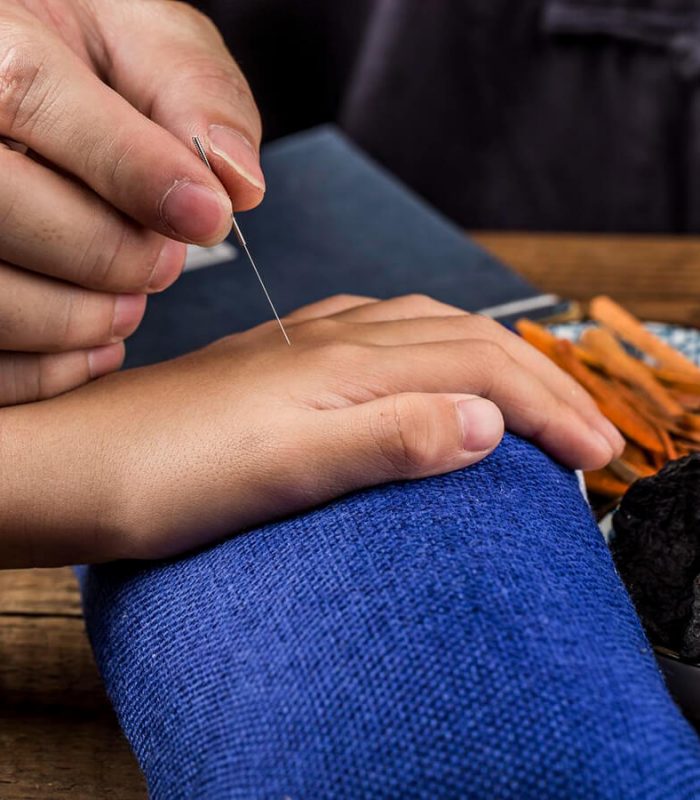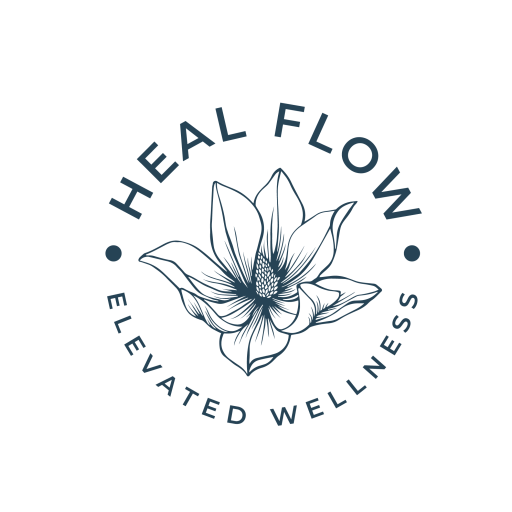At HealFlow, we have the best Downtown Toronto acupuncture treatments available to our clients who are looking for holistic and alternative interventions to improve their health.
Today, we want to explain to you why acupuncture has remained a key component of traditional Chinese medicine for thousands of years.
What is acupuncture?
It involves the insertion of very fine needles into the skin at strategic points in the body to treat pain.
However, in the modern world with so many factors that generate anxiety, anguish and worry, the use of acupuncture has spread as an alternative to manage stress.
In traditional Chinese medicine, acupuncture is a technique for balancing the flow of energy or life force, known as chi (Qi) which is believed to flow through channels or meridians in the body.
In that sense, acupuncturists believe that the flow of energy is rebalanced when needles are inserted at specific points on these meridians.
On the other hand, some Western acupuncturists see acupuncture points as places to stimulate nerves, muscles, and connective tissues and stimulate the body’s natural pain relievers.
How does acupuncture work?
Acupuncture stimulates the body’s ability to resist or overcome disease, and at the same time corrects imbalances. Acupuncture also helps the body produce chemicals that decrease or eliminate painful sensations.
What is an acupuncture session like?
Our acupuncturist will explain in detail what he is going to do. Afterwards, you will lie on a heated table for the treatment, which consists of 3 phases:
- Needle insertion. The needles are very fine, so inserting them usually causes very little discomfort. Usually, people do not feel the insertion at all. The typical treatment uses 5 to 20 needles.
- Handling of needles. The acupuncturist may gently move or rotate the needles after placing them or apply heat or mild electrical impulses.
- Needle removal. In most cases, the needles are left in for 10 to 15 minutes while the person lies down and relaxes. There is usually no discomfort or pain when the needles are removed.
What types of conditions can be treated with acupuncture?
Acupuncture is primarily used to relieve discomfort associated with various diseases and disorders.
Some of those conditions that can be treated with acupuncture are:
- Chemotherapy-induced and postoperative nausea and vomiting
- Dental pain
- Fibromyalgia
- Headaches, including tension headaches and migraines
- Labor pains
- Pain in the lower back
- Neck Pain
- Osteoarthritis
- Period pains
- Respiratory disorders, such as allergic rhinitis
- Tennis elbow

Acupuncture has even been shown to help reduce nausea and vomiting after surgery or chemotherapy.
What are the risks or side effects of acupuncture?
The risks of acupuncture are low if you use a competent, certified acupuncturist who uses sterile needles, such as HealFlow Wellness Centre.
Sometimes after attending acupuncture treatment, people may experience pain and slight bleeding or bruising where the needles were inserted. And, for your peace of mind, the risk of infection is minimal.
Who can receive an acupuncture treatment?
Anyone can feel the benefits of acupuncture, but it is important to inform the professional – before starting the session – about situations such as:
- If you have a bleeding disorder or if you are taking blood thinners.
- If you have a pacemaker. Acupuncture in which mild electrical impulses are applied to the needles can interfere with the function of a pacemaker.
- If you are pregnant. Some acupuncture points are thought to stimulate labor, which could trigger premature labor.
How do you determine what type of acupuncture treatment you should receive?
The acupuncturist may ask about your symptoms, behaviors, and lifestyle.
He can also take a close look at:
- The parts of the body where you feel pain
- The shape, coating, and color of the tongue
- The color of the face
- The strength, rhythm, and quality of the pulse at the wrist
Having all this clear, we can resolve the question that made you read this post…
How many acupuncture sessions do I need to see positive results in my health?
Typically, a frequent treatment plan for a single complaint would consist of one or two treatments (sessions) per week. In general, it is common to receive 6 to 8 treatments.
An acupuncture session can take up to 60 minutes, although some appointments may be shorter.
But, as we always clarify, the number of treatments will depend on the condition to be treated and its severity. Contact us if you require more information or want to schedule your first appointment with the acupuncturist.



